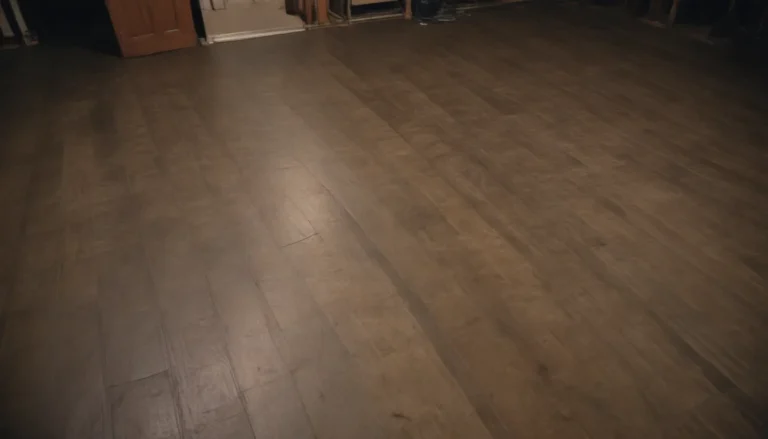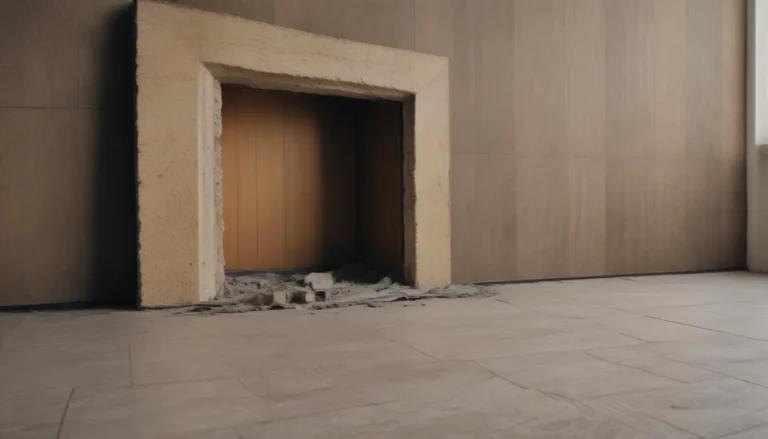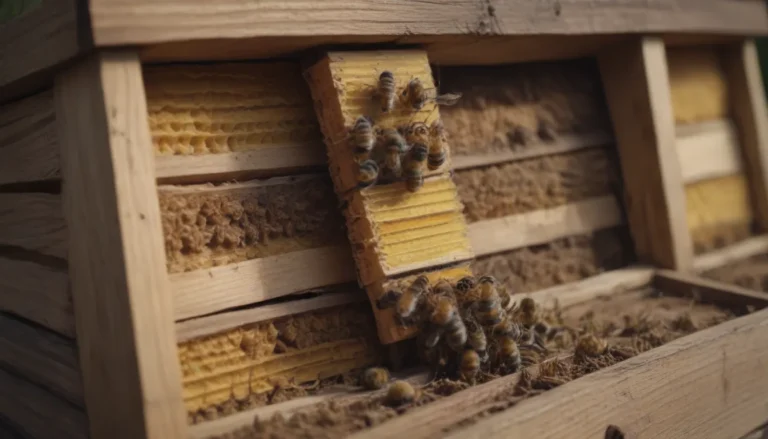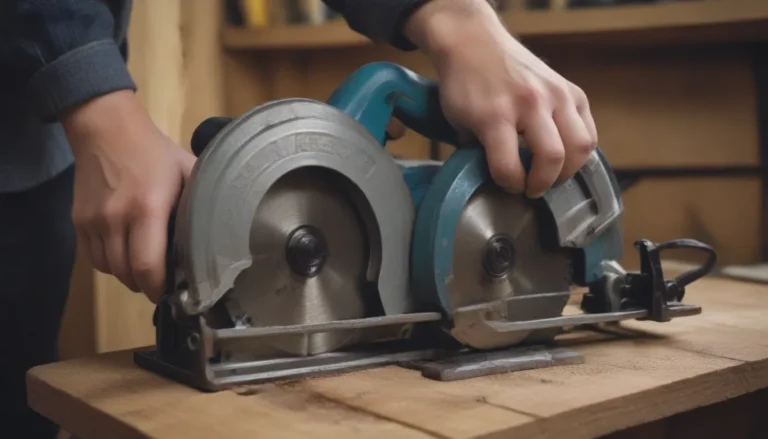Exploring the Differences Between Pergolas and Gazebos
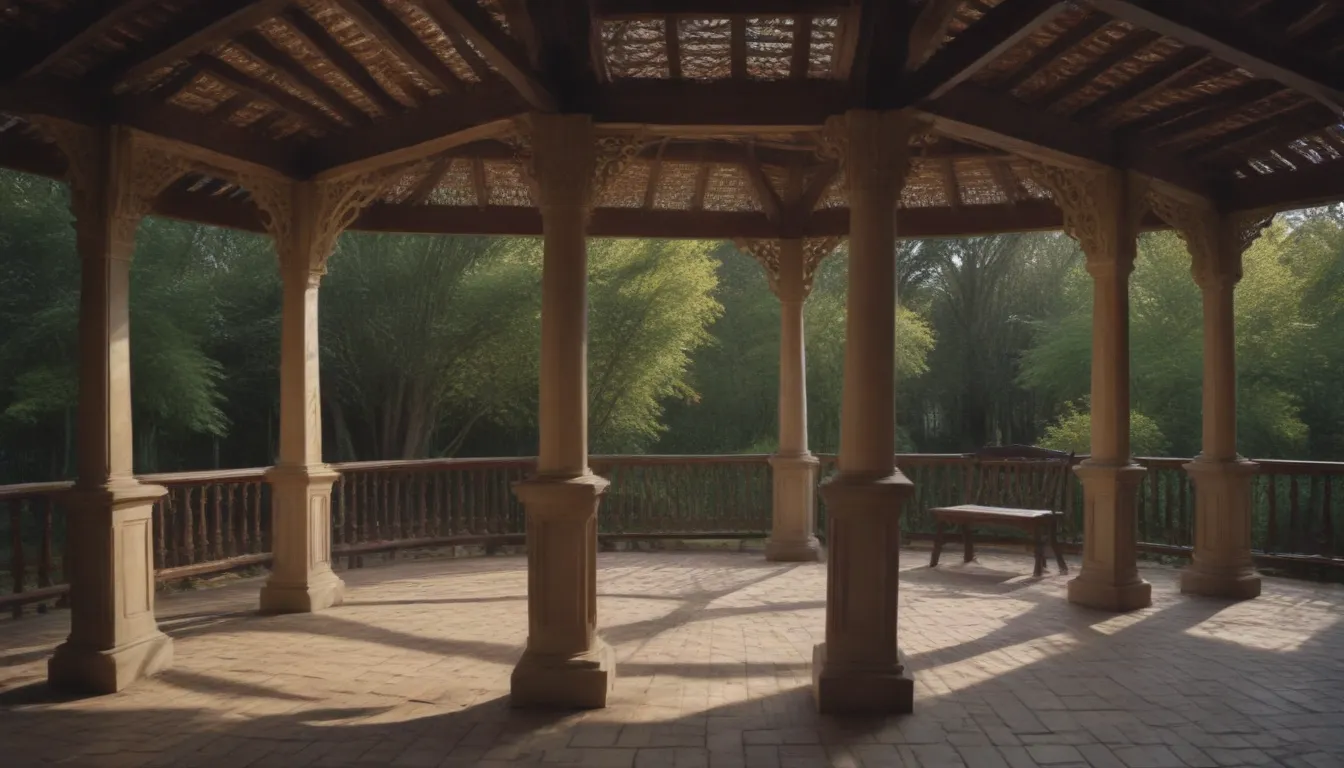
When it comes to enhancing your outdoor space, pergolas and gazebos are two popular options. Each structure offers its unique features and benefits that can transform your yard into a beautiful and functional oasis. In this comprehensive guide, we will delve into the key differences between pergolas and gazebos, covering everything from design and appearance to durability and cost. Whether you are contemplating adding a new structure to your property or simply want to learn more about these outdoor features, this article will provide you with valuable insights to help you make an informed decision.
Understanding Pergolas
A pergola is an open-air structure supported by pillars and featuring a partially covered roof system. The roof is typically slatted, allowing sunlight to filter through while providing some protection from the elements. Pergolas can be freestanding or attached to a primary structure, such as a house or garage, on one or more sides. These versatile structures are often built over existing surfaces like decks, patios, or garden pavers, adding a touch of elegance to any outdoor space.
- Open-Air Design: The open roof of a pergola allows for air and sunlight to filter through, creating a pleasant outdoor ambience.
- Versatility: Pergolas can be attached to existing structures or stand alone, offering flexibility in design and placement.
- Shade: Depending on the roof design, pergolas can provide shade from the sun while still allowing some sunlight to peek through.
Exploring Gazebos
In contrast to pergolas, gazebos are freestanding structures with pillars supporting an enclosed roof system. This design provides full protection from the elements, making gazebos ideal for enjoying outdoor spaces in any weather conditions. While the sides of a gazebo are often open to allow airflow, the roof offers superior coverage from sun and rain compared to pergolas. Most gazebos come with their own floor system, which is typically raised above ground level for added aesthetic appeal.
- Full Protection: Gazebos feature totally enclosed roof systems, offering superior protection from the elements.
- Aesthetic Appeal: Freestanding design adds a focal point to your yard, creating a picturesque outdoor retreat.
- Durability: The enclosed roof of a gazebo contributes to its overall strength and longevity.
Roof Design and Function
One of the primary distinctions between pergolas and gazebos is their roof structures. Pergolas have partially open roofs, allowing for a breezy, sun-dappled atmosphere. On the other hand, gazebos boast fully enclosed roofs that provide complete protection from the elements, making them suitable for year-round use.
Pergola Roof
The open design of a pergola’s roof is a key feature that sets it apart from gazebos. While it may not offer full protection during heavy rainfall, the airy design is appealing to many buyers who enjoy the outdoor experience. With proper installation and material selection, pergolas can provide ample shade and an inviting atmosphere for relaxing outdoors.
Gazebo Roof
The closed roof of a gazebo enhances its functionality, allowing for comfortable use in various weather conditions. The enclosed structure offers superior protection from sun, wind, and rain, making gazebos an attractive option for those seeking a cozy outdoor retreat. Additionally, the roof system adds strength to the overall structure, contributing to its durability.
Design and Appearance
When it comes to aesthetics, pergolas and gazebos offer distinct design elements that can complement your landscaping and architectural style. While both structures provide visual interest, there are subtle differences in their appearance and construction.
Pergola Design
Pergolas can be attached to existing structures or stand alone, offering versatility in design and placement. By integrating pillars and slatted roofs, pergolas create an open, airy space that blends seamlessly with outdoor environments. Homeowners often choose to coordinate the material and color of the pergola with their primary structure for a cohesive look.
Gazebo Design
Gazebos are freestanding structures that serve as focal points in outdoor settings. With their enclosed roof systems and decorative pillars, gazebos exude elegance and charm. The design of a gazebo typically contrasts or matches the primary structure, adding a touch of sophistication to your yard. Due to their stand-alone nature, gazebos are ideal for creating intimate gathering spaces or quiet retreats.
Durability and Maintenance
When considering the longevity of outdoor structures, durability plays a crucial role in determining their lifespan and upkeep requirements. Both pergolas and gazebos offer durability benefits, but their design and materials can impact their maintenance needs.
Pergola Durability
While pergolas are sturdy structures, their open-roof design exposes them to natural elements, potentially leading to premature deterioration, especially in wood pergolas. Regular maintenance, such as sealing or staining the wood, can help prolong the life of a pergola. Proper care and upkeep are essential to ensure the structural integrity and aesthetic appeal of the pergola over time.
Gazebo Durability
Gazebos are known for their durability, thanks to their enclosed roof systems that provide added protection for the structure. The robust design of a gazebo, coupled with its anchoring to the ground, enhances its stability and resistance to weather conditions. With proper maintenance, including routine inspections and cleaning, a gazebo can withstand the test of time and continue to enhance your outdoor living space.
Cost Considerations
When it comes to budgeting for outdoor projects, the cost of materials and construction plays a significant role in decision-making. Pergolas and gazebos differ in terms of cost due to their design complexity and material requirements.
Pergola Cost
Pergolas typically cost less to build than gazebos due to their simpler architecture and fewer materials. DIY-friendly construction makes pergolas an attractive option for homeowners looking to save on labor costs. By building a pergola yourself or hiring a professional, you can enjoy a custom outdoor structure without breaking the bank.
- Cost-Saving Tip: Check local building codes and obtain necessary permits before starting your pergola project to avoid compliance issues and ensure a smooth construction process.
Gazebo Cost
Gazebos tend to be more expensive than pergolas due to their intricate design and additional features, such as floors, railings, and built-in seating. The need for more materials and labor, as well as ground preparation for freestanding installation, can drive up the overall cost of a gazebo project. While gazebos offer added functionality and aesthetic appeal, they require a higher investment compared to pergolas.
Adding Value to Your Home
Both pergolas and gazebos can increase the value of your property by enhancing the outdoor living space and curb appeal. The decision to invest in these structures should consider the upfront costs, long-term benefits, and overall value they bring to your home.
Pergola Value
Pergolas may offer a better return on investment (ROI) compared to gazebos, given their lower initial costs and attractive features. Adding a pergola to your property can attract potential buyers and enhance the visual appeal of your home, making it a desirable feature for resale. While the ROI of outdoor projects varies, a well-built pergola can positively impact the value of your property and create a welcoming outdoor environment.
- Value Tip: Focus on quality construction and design when adding a pergola to ensure a high ROI and long-lasting appeal for your home.
Gazebo Value
Investing in a gazebo can enhance the overall value of your property by creating a functional and aesthetically pleasing outdoor space. A well-designed gazebo adds charm and sophistication to your yard, making it a sought-after feature for homeowners and potential buyers. By prioritizing quality materials and craftsmanship, you can maximize the value of your gazebo and enjoy its benefits for years to come.
Conclusion
In conclusion, the choice between a pergola and a gazebo depends on your preferences, budget, and outdoor design goals. While pergolas offer an open, airy space with partial sun protection, gazebos provide complete coverage from the elements in a freestanding design. Consider factors such as durability, cost, and value when selecting the right structure for your property. Whether you opt for a pergola to create a cozy retreat or a gazebo to elevate your outdoor living space, both structures can enhance the beauty and functionality of your yard. By understanding the differences between pergolas and gazebos, you can make an informed decision that suits your lifestyle and enhances your outdoor living experience. Explore the possibilities of these versatile structures and transform your yard into a captivating oasis that reflects your unique style and personality.
Whether you choose a pergola or a gazebo for your outdoor space, both structures offer distinctive features that can elevate your yard’s aesthetic appeal and functionality. From design and durability to cost and value, each option presents unique advantages to enhance your outdoor living experience. By considering the key differences between pergolas and gazebos and evaluating your specific needs and preferences, you can select the perfect structure to create a beautiful and inviting outdoor retreat. Embrace the beauty of outdoor living with a pergola or gazebo that complements your home and reflects your personal style.

